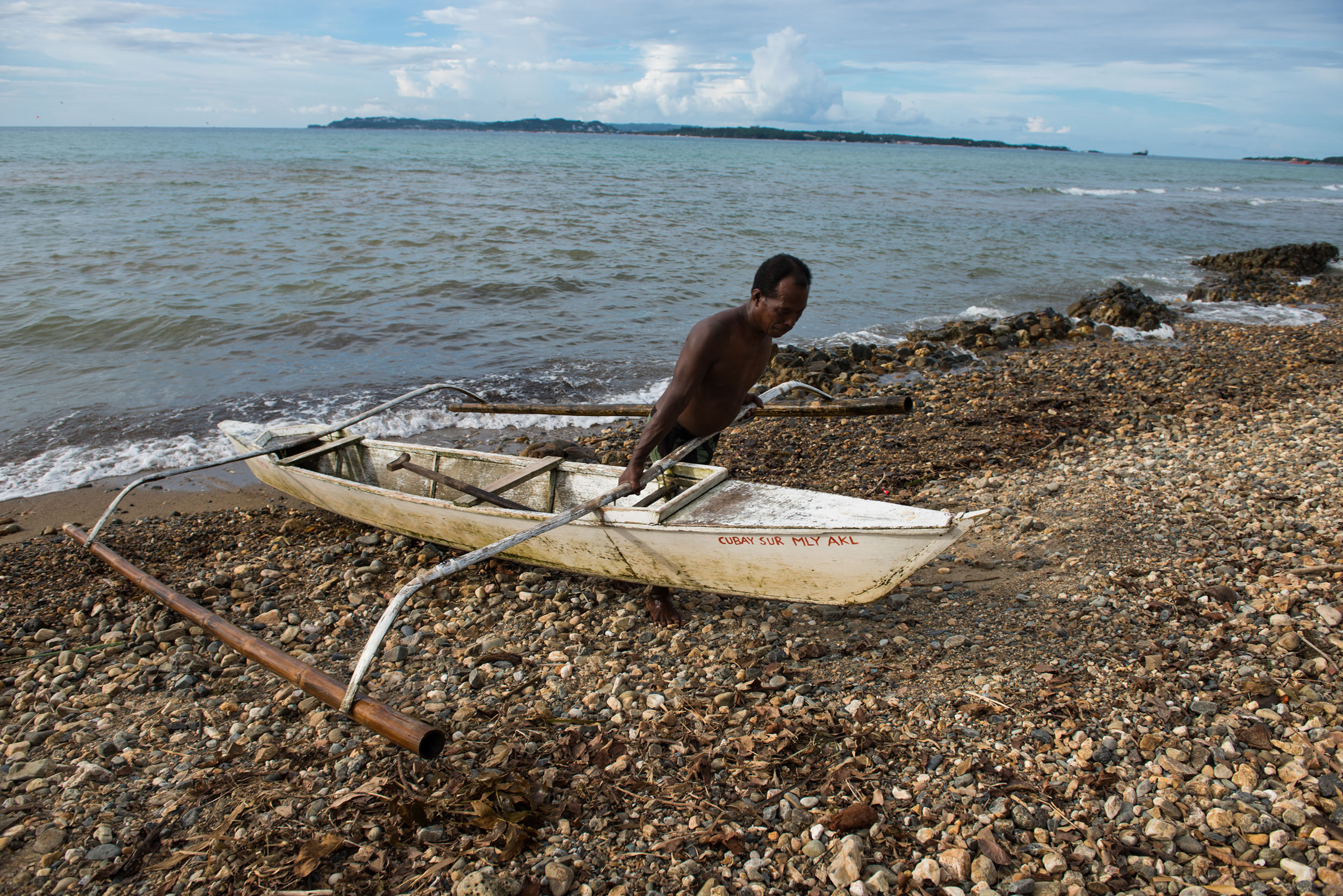by Jacob Maentz
Shot In: Panay Island, Phillipines
Human history started in the Philippines when the first people arrived to the islands some 25,000 years ago. Today, these indigenous peoples are known by different names on various islands, but the Spanish classified them generally as “negritos” because of their dark skin. In the western Visayas, the negritos call themselves Ati and can be found primarily on the islands of Panay, Guimaras and Negros. They inhabit both coastal and mountainous areas of these islands.
There are still a number of theories as to where the Ati originated from. Some anthropologists hypothesize they are descendants of New Guineans or Australian Aborigines, while others suggest that they came in a wave of migration from Ethiopia. What we do know is the Atis are genetically related to other negrito ethnic groups in the Philippines such as the Aeta of Luzon, the Batak of Palawan, the Agta of the Sierra Madres and the Mamanwa of Mindanao. The word “ati” is a corruption of the Visayan word “agta,” which literally means black.
Throughout time and despite centuries of colonization and western influence, many of the Philippine indigenous groups managed to hold onto their culture and ways of life, often through very turmoil conditions, including the Atis. Today, modernization is moving at an extremely fast pace, both socially and economically, which is accelerating change and influencing significantly the remaining indigenous groups of the archipelago. Filipino indigenous groups are facing numerous social and land rights issues, and in general are being highly marginalized and neglected by society.
To help us continue creating photostories and multimedia projects about the world's traditional cultures, please Support TCP.
Click the first image to start the slideshow; hover over the images to read the captions.
Jacob Maentz (b. 1979) is an American freelance travel and documentary photographer currently based in the Philippines. He is passionate about documenting issues related to the human condition, culture, and humanity’s interactions with the natural world. To see more of his work, visit www.jacobimages.com.





















